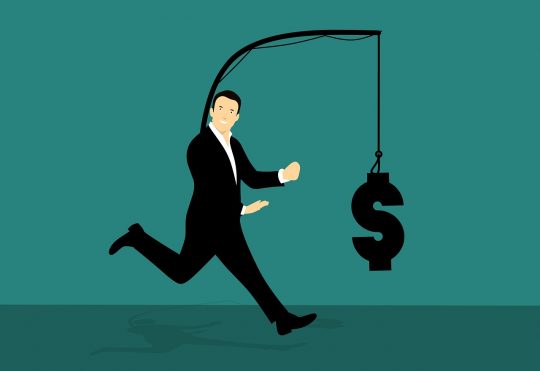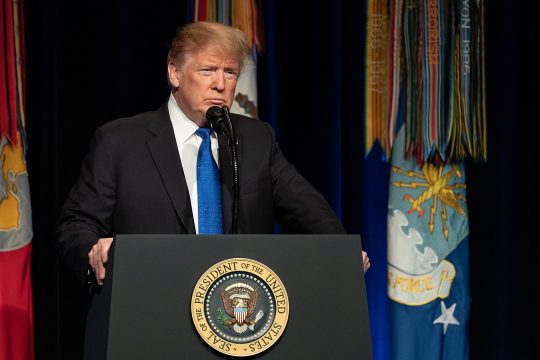 Chaos has returned to global financial markets, and it does not appear that there will be an easy fix this time. For the first four months of 2019, the mainstream media told us over and over again that a great deal of progress was being made on a trade deal with China and that negotiations would soon reach a final conclusion, but now it has become clear that those news reports were fake news. For a variety of reasons, the Chinese have been slow playing negotiations all along. Once they got the Trump administration to suspend the implementation of any new tariffs while negotiations were ongoing, the Chinese no longer had any urgency to reach an agreement. In fact, if the Chinese could have run out the clock all the way to the 2020 election, they surely would have done so. They would very much prefer to negotiate with someone else, and I think that President Trump has finally figured out that he was being played. On Sunday, in a very angry two part tweet Trump announced that he is going to slap China with huge new tariffs…
Chaos has returned to global financial markets, and it does not appear that there will be an easy fix this time. For the first four months of 2019, the mainstream media told us over and over again that a great deal of progress was being made on a trade deal with China and that negotiations would soon reach a final conclusion, but now it has become clear that those news reports were fake news. For a variety of reasons, the Chinese have been slow playing negotiations all along. Once they got the Trump administration to suspend the implementation of any new tariffs while negotiations were ongoing, the Chinese no longer had any urgency to reach an agreement. In fact, if the Chinese could have run out the clock all the way to the 2020 election, they surely would have done so. They would very much prefer to negotiate with someone else, and I think that President Trump has finally figured out that he was being played. On Sunday, in a very angry two part tweet Trump announced that he is going to slap China with huge new tariffs…
For 10 months, China has been paying Tariffs to the USA of 25% on 50 Billion Dollars of High Tech, and 10% on 200 Billion Dollars of other goods. These payments are partially responsible for our great economic results. The 10% will go up to 25% on Friday. 325 Billions Dollars….
…of additional goods sent to us by China remain untaxed, but will be shortly, at a rate of 25%. The Tariffs paid to the USA have had little impact on product cost, mostly borne by China. The Trade Deal with China continues, but too slowly, as they attempt to renegotiate. No!
In response to Trump’s angry tweets, the Chinese suggested that they may cancel this week’s negotiations…
Chinese Vice Premier Liu He had planned to bring a large delegation to Washington on Wednesday to hash out a trade deal — and there’d been talk in recent days that something resembling a deal could result. Instead, two sources briefed on the talks said the Chinese side may back out of this week’s negotiations.
That was pegged to Trump’s new threats, they said, which abandon a six-month truce after Beijing waffled on some previously discussed commitments.
And according to reporter Edward Lawrence, the negotiations have now officially been canceled…
Chinese Vice Premier Liu He has cancelled his trip to Washington this week for trade talks following a tweet by President Donald Trump threatening more tariffs because the talks have moved too slowly. #China #Trade #Breaking
Needless to say, global financial markets did not respond well to this news. For most of the year, hope that a trade agreement was imminent had lifted stocks, but now that hope appears to be gone.
In Asia, the major Chinese markets were all down more than 5 percent overnight…
Asia Pacific stocks tumbled in Monday morning trade following a re-escalation in U.S.-China trade tensions as President Donald Trump declared an impending increase in tariffs rates on $200 billion of Chinese goods.
The mainland Chinese markets plunged in morning trade. The Shanghai composite, Shenzhen composite and Shenzhen component all plunged more than 5% each.
And oil prices immediately began falling as well…
Oil prices also saw sharp declines in the morning of Asian trading hours, with U.S. crude futures dropping 2.34% to $60.49 per barrel. For its part, international benchmark Brent crude futures also declined 2.09% to $69.37 per barrel.
Unfortunately, this is likely to be far more than just a temporary setback for the markets. Unless a trade deal can be salvaged somehow, things are likely to get very “interesting” quite rapidly.
According to one top expert quoted by CNBC, this “has all the makings of a complete disaster that could lead the stock market to crater this week and send those external risks to the US economic outlook soaring”…
“Another turn of the screw tighter Sunday from the President’s hard-ball tactics with the China trade talks, and his pair of tweets look like they could unleash a sharp stock market correction,” said Chris Rupkey, chief financial economist at MUFG Union Bank, in a note. “For weeks now markets have been lulled to sleep on the US trade war with China thinking an agreement was imminent. No more.”
“This has all the makings of a complete disaster that could lead the stock market to crater this week and send those external risks to the US economic outlook soaring,” he added.
Could this be one of the triggers that pushes us over the edge and into the economic abyss?
Even without the collapse of trade talks with China, we were definitely heading toward a recession anyway. I really like how economist John Williams made this point during a recent interview with Greg Hunter…
“We have a recession in place. It’s just a matter of playing out in some of these other funny numbers. The reality is on the downside, where you have mixed pressures right now. People who are really concerned about the economy right now, and that includes President Trump looking at re-election, he’s been arguing that the Fed should lower rates, and I am with him. The Fed created this circumstance. They are pushing for the economy on the upside because they want to continue to keep raising rates. Banks make more money with higher rates, and they are still trying to liquidate the problems they created when they bailed out the banking system back in 2008.”
The first few months of 2019 have been surprisingly quiet, but now events appear to be accelerating in a major way.
So hold on tight, because it appears that a very bumpy ride is ahead.
 About the author: Michael Snyder is a nationally-syndicated writer, media personality and political activist. He is the author of four books including Get Prepared Now, The Beginning Of The End and Living A Life That Really Matters. His articles are originally published on The Economic Collapse Blog, End Of The American Dream and The Most Important News. From there, his articles are republished on dozens of other prominent websites. If you would like to republish his articles, please feel free to do so. The more people that see this information the better, and we need to wake more people up while there is still time.
About the author: Michael Snyder is a nationally-syndicated writer, media personality and political activist. He is the author of four books including Get Prepared Now, The Beginning Of The End and Living A Life That Really Matters. His articles are originally published on The Economic Collapse Blog, End Of The American Dream and The Most Important News. From there, his articles are republished on dozens of other prominent websites. If you would like to republish his articles, please feel free to do so. The more people that see this information the better, and we need to wake more people up while there is still time.
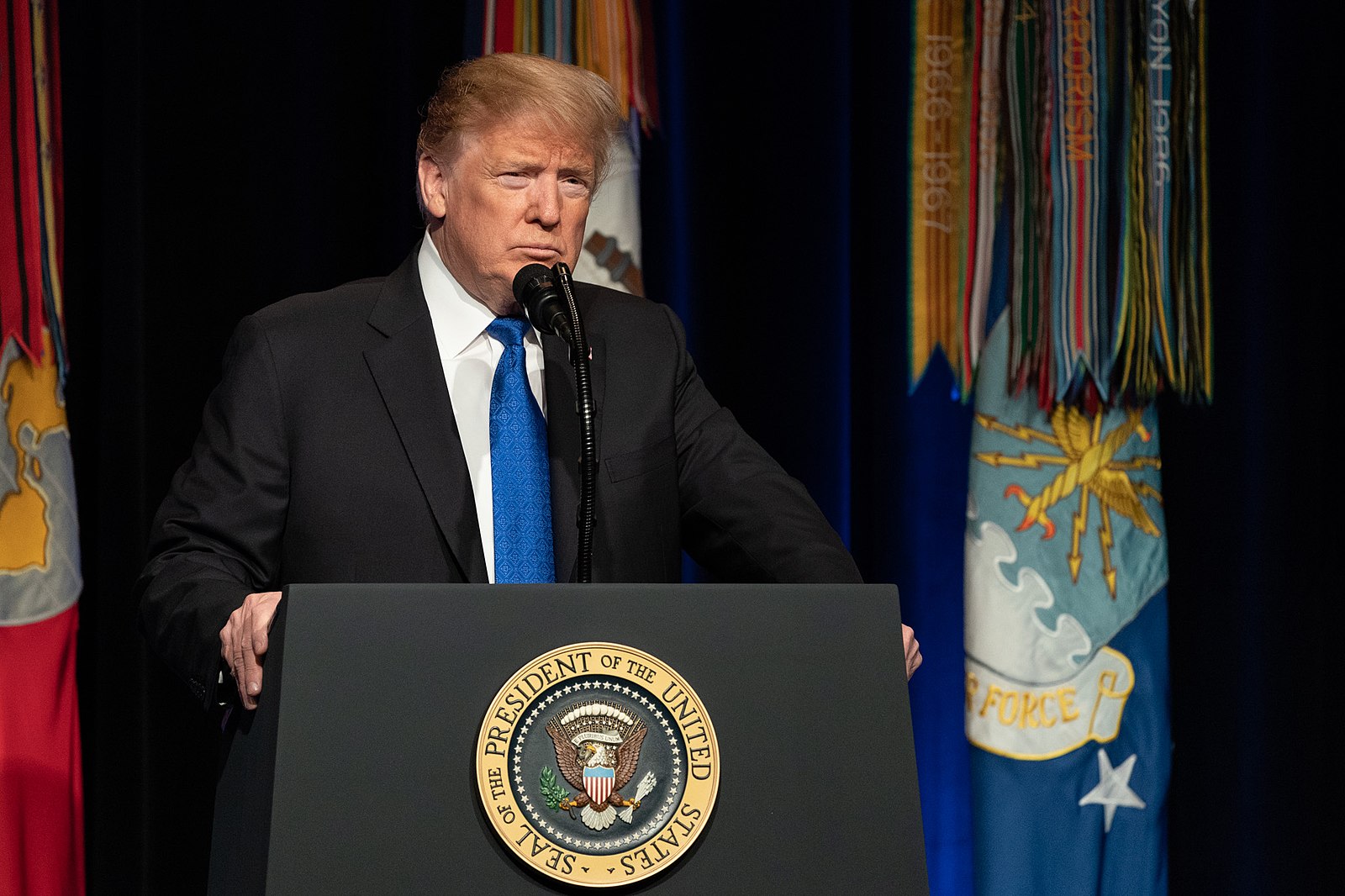




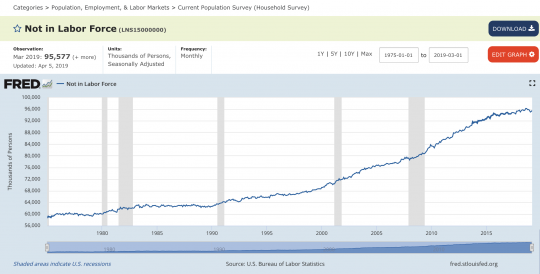



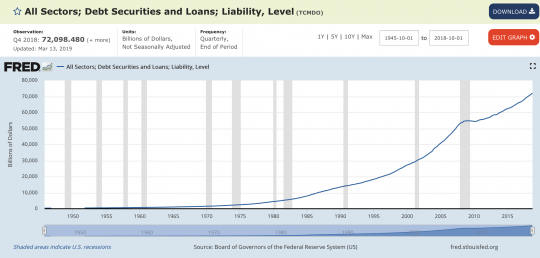
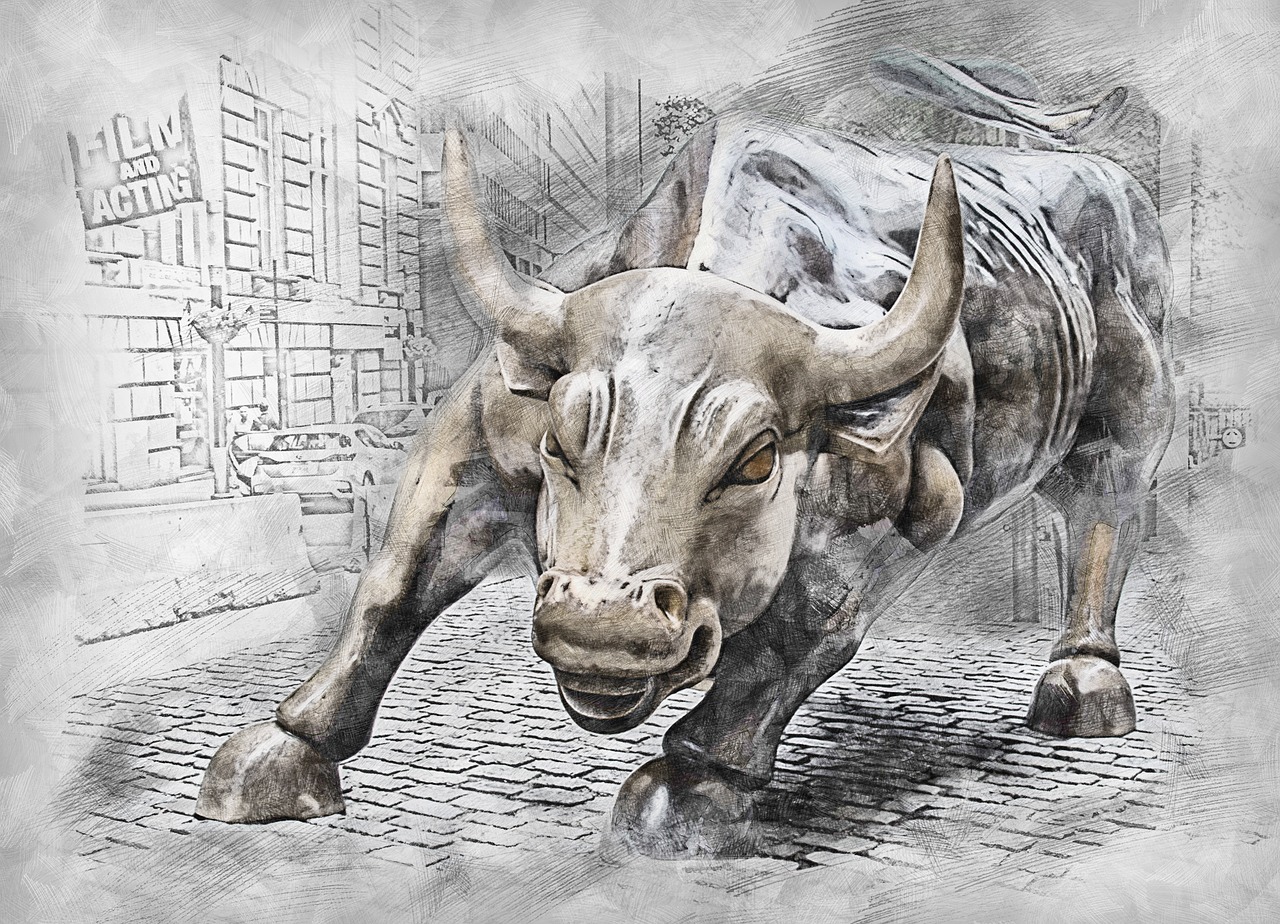
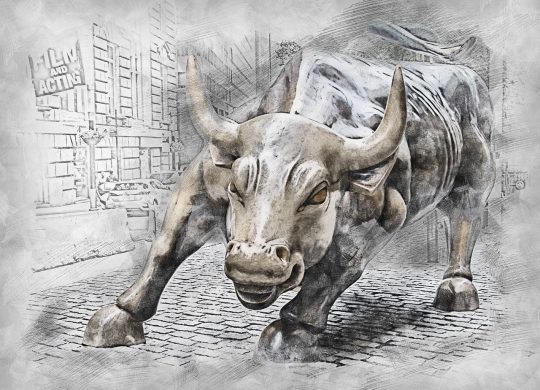
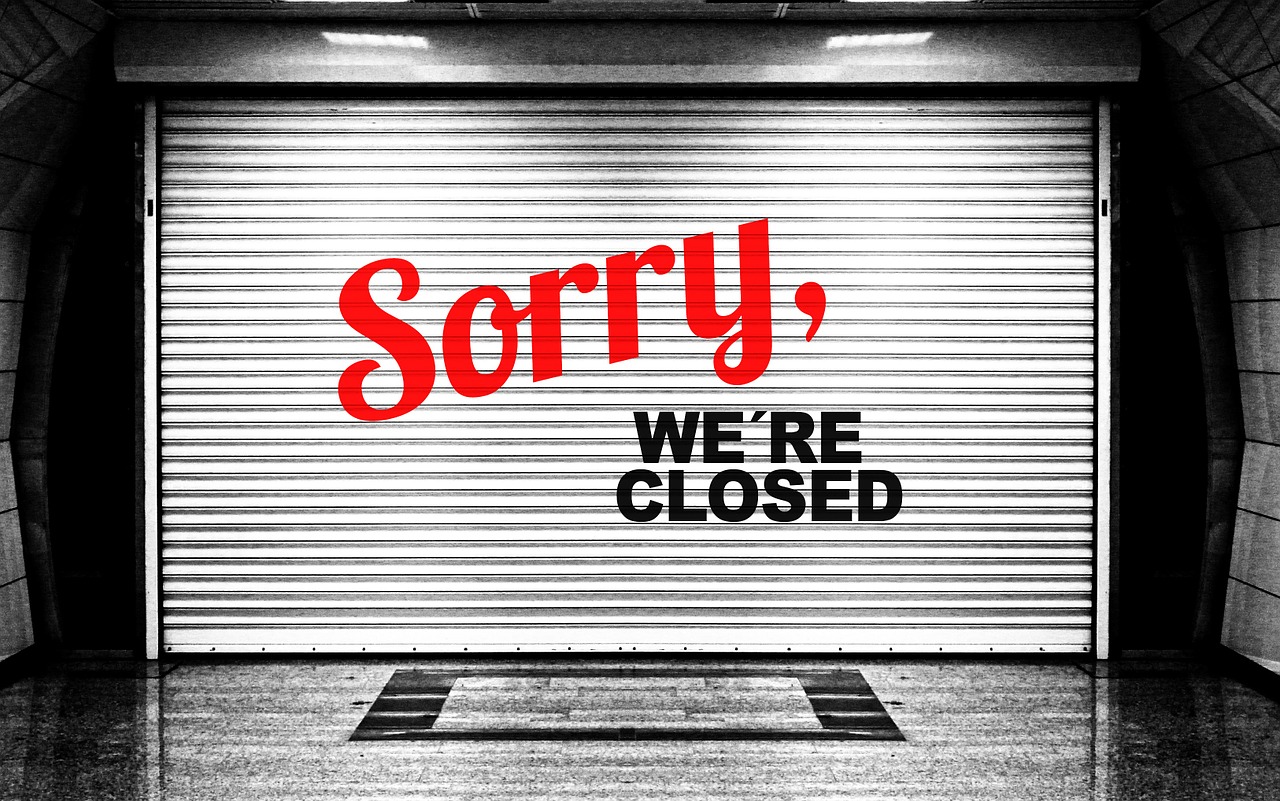
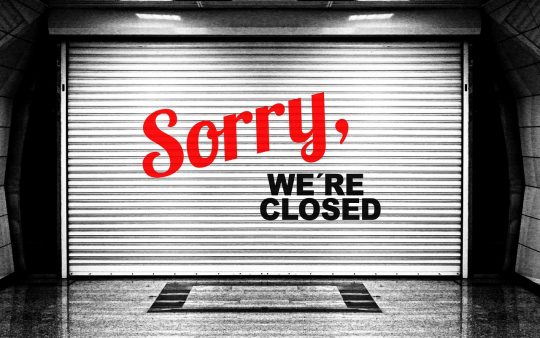 If the U.S. economy is in good shape, why have retailers already shuttered more stores than they did in all of 2018? Not only that, we are also on pace to absolutely shatter the all-time record for store closures in a single year by more than 50 percent. Yes, Internet commerce is growing, but the Internet has been around for several decades now. It isn’t as if this threat just suddenly materialized. As Internet commerce continues to slowly expand, we would expect to see a steady drip of brick and mortar stores close, but instead what we are witnessing is an avalanche. If the U.S. economy really was “booming”, this wouldn’t be happening. But if the U.S. economy was heading into a recession, this is precisely what we would expect to see.
If the U.S. economy is in good shape, why have retailers already shuttered more stores than they did in all of 2018? Not only that, we are also on pace to absolutely shatter the all-time record for store closures in a single year by more than 50 percent. Yes, Internet commerce is growing, but the Internet has been around for several decades now. It isn’t as if this threat just suddenly materialized. As Internet commerce continues to slowly expand, we would expect to see a steady drip of brick and mortar stores close, but instead what we are witnessing is an avalanche. If the U.S. economy really was “booming”, this wouldn’t be happening. But if the U.S. economy was heading into a recession, this is precisely what we would expect to see.
